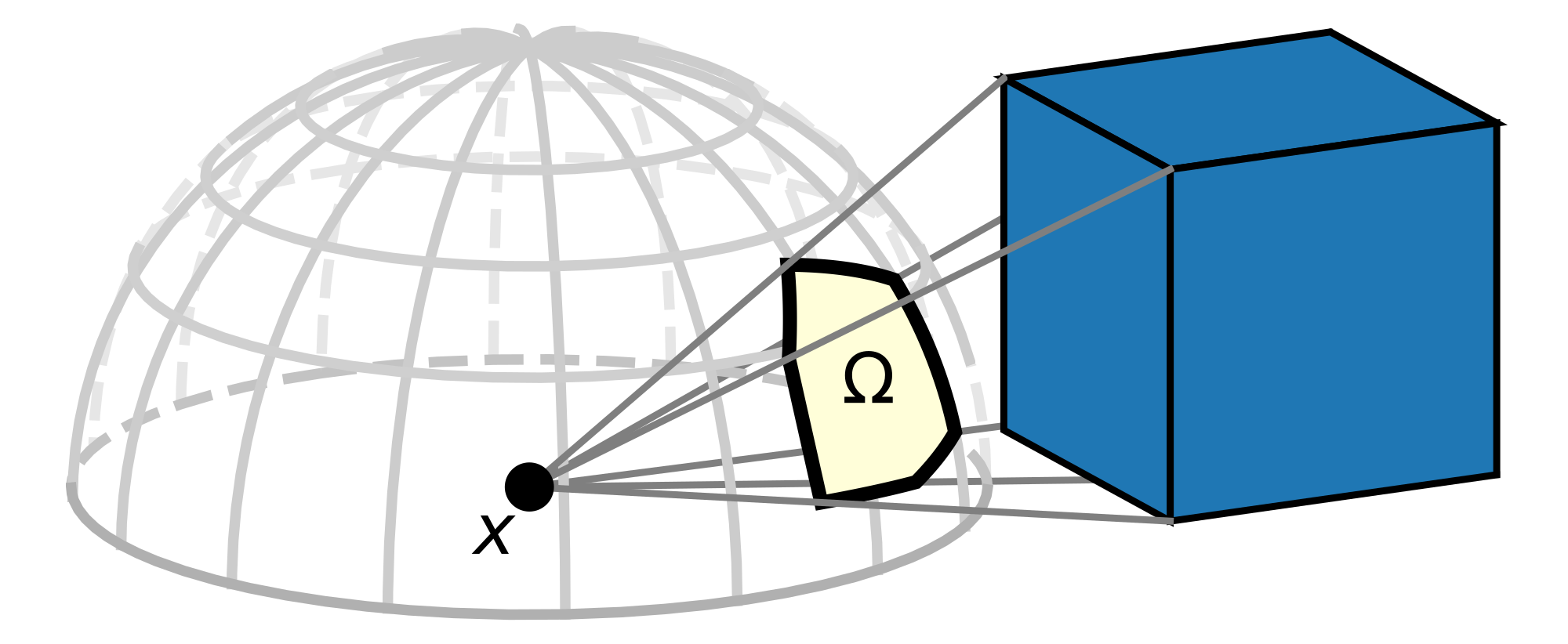Part 2 will come next week.
https://momentsingraphics.de/Radiometry1Backwards.html
Introducing 🌈🙈 Tony McMapface 🌈🙈: a cool-headed display transform ("tone mapper")
Tony maps HDR Rec.709 to LDR in a (subjectively) natural way, without messing too much with contrast or look.
Comes as a LUT + HLSL for sampling it.
